We assume reality consists of objects, stars and atoms, tables and chairs, animals and people. But citing contemporary neuroscience, philosopher and closure theorist, Hilary Lawson, argues that it is we who are responsible for the objects that we take to be reality. From the firing of neurons in our sensory response to the world to our theories of the cosmos, our minds close and hold the unfathomable openness of the world, forming rather than discovering a world of things. Though constrained by reality, these closures are not descriptions of reality but are powerful tools for acting within it. Providing a new way to make sense of science, knowledge and the unknown.
We see the world as divided into objects and things. People and houses, tables and chairs, trees and mountains, planets and stars. And we assume our theories and accounts of the world are true to the extent that they correctly identify these objects, their characteristics and their relations with other things. At first sight it does not seem plausible that it could be otherwise. How could our interventions in the world be so successful if they were not accurately describing reality? How could science work if it did not uncover the essence of the world?
___
We see the world as divided into things, characteristics, and relationships not because that is how it is but because this is the structure of human thought.
___
But this is a mistake, as the work of an increasing number of leading neuroscientists testifies. Our theories and accounts of the world do not name or describe the underlying stuff of reality. The world is not a list of things, no matter how complex a list, no matter how refined its details. Nor are we gradually accruing knowledge of reality as if our theories have, once and for all, identified the truth about reality, its objects and their relationships.
We see the world as divided into things, characteristics, and relationships not because that is how it is but because this is the structure of human thought. It is the way we are able to intervene successfully in the world through thought and language. Dividing the world into bits is the way we make sense of it, the way we refine and improve our understanding, the way we are able to effectively institute change. It is not however a description of reality.
It is hard to catch sight of this profound mistake precisely because all thought and language require the application of identities, require us to hold the world as if it consisted of things. If we question the idea that reality consists of things, wherever we look we appear to find evidence to the contrary. So, to many, it seems impossible that it could be otherwise.







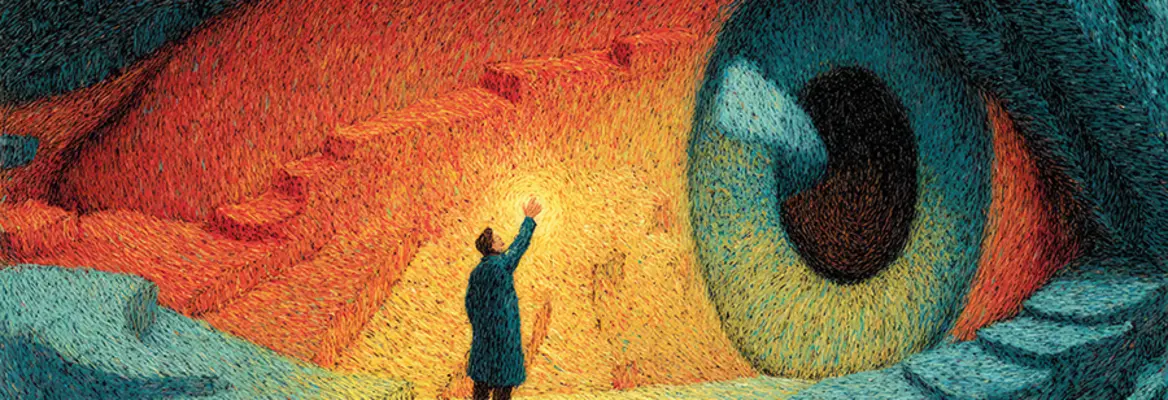
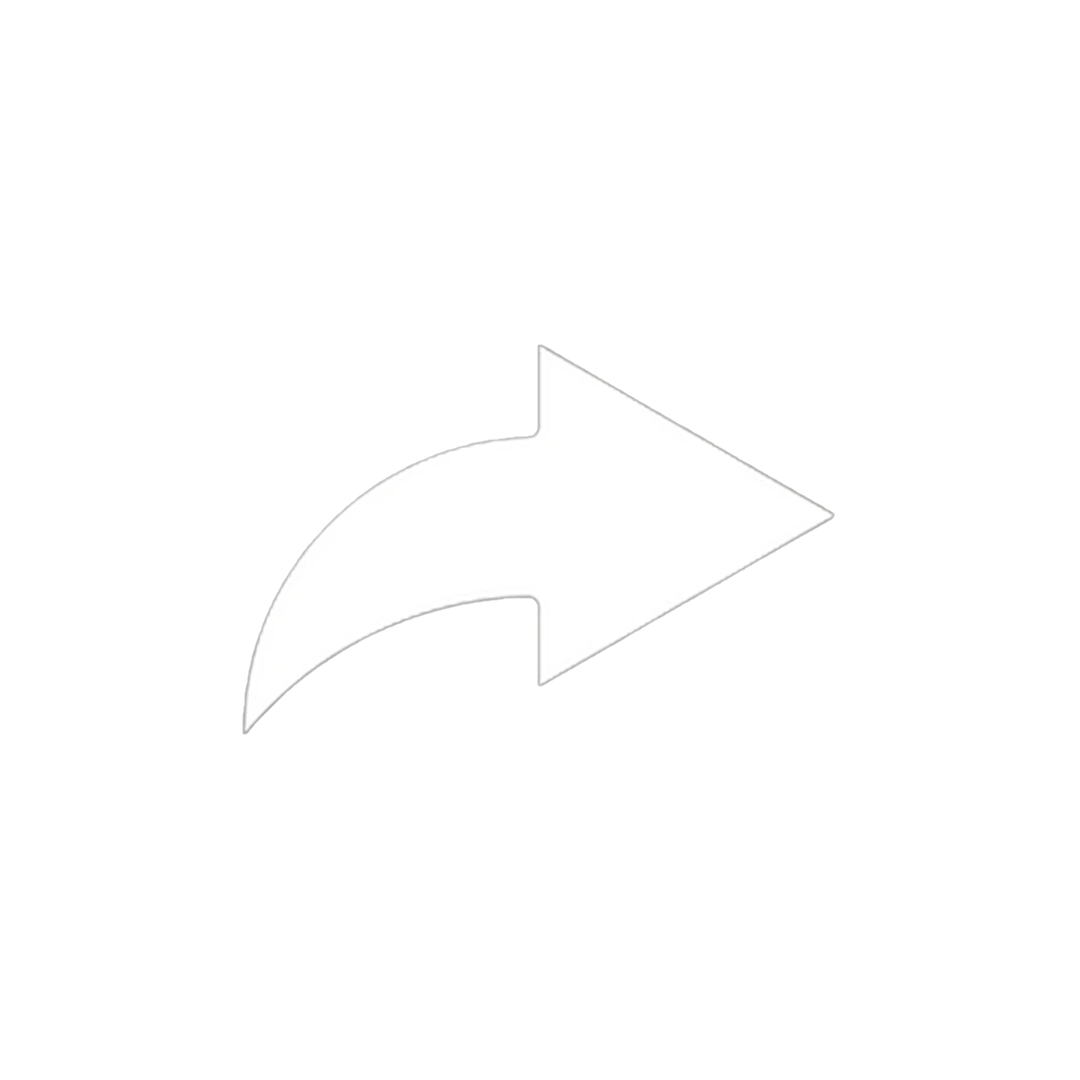
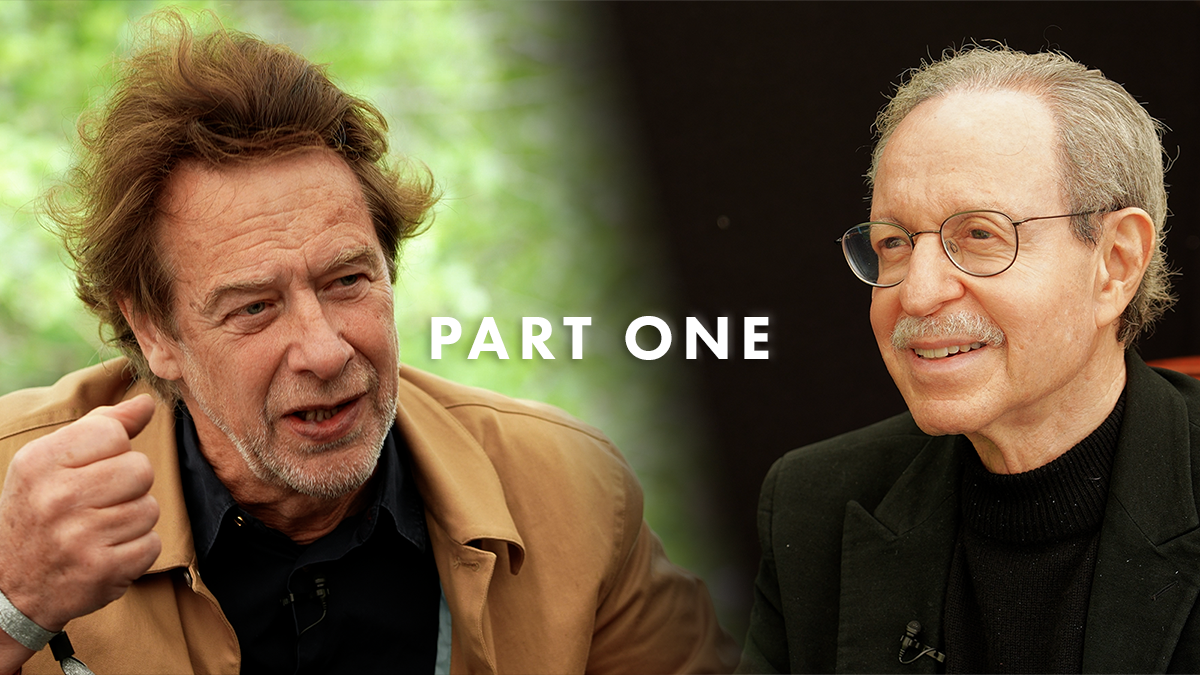

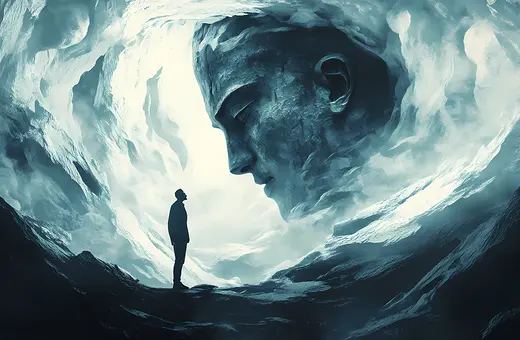
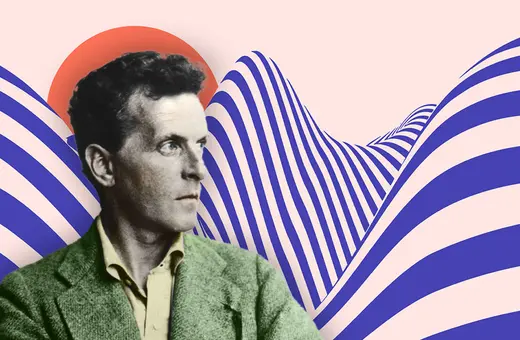
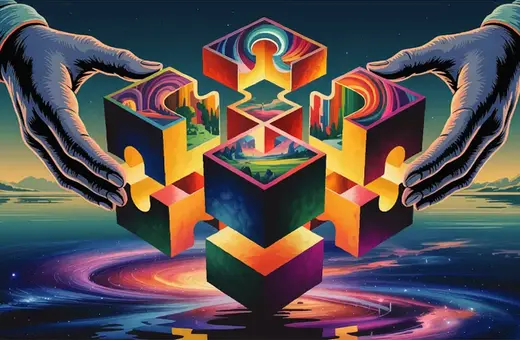
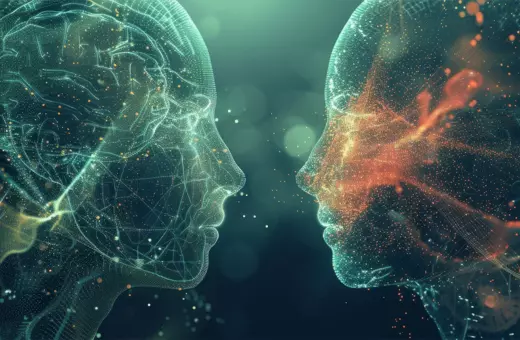
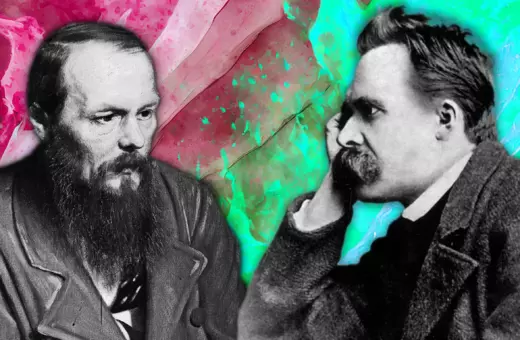


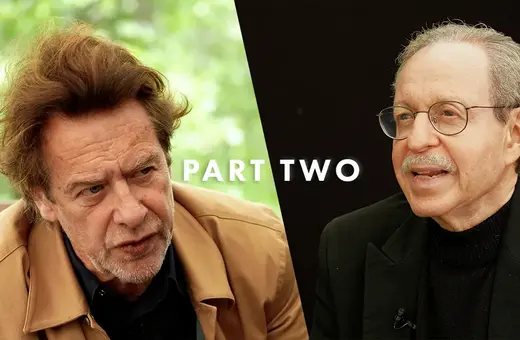
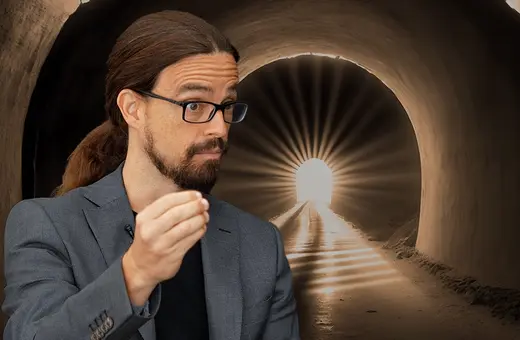
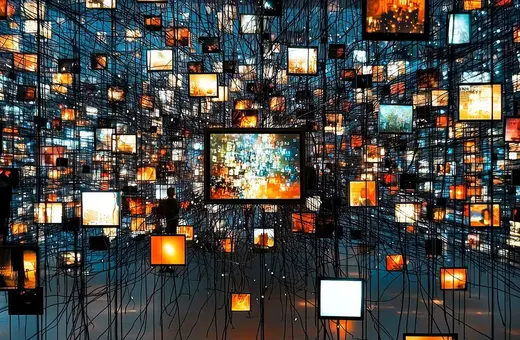
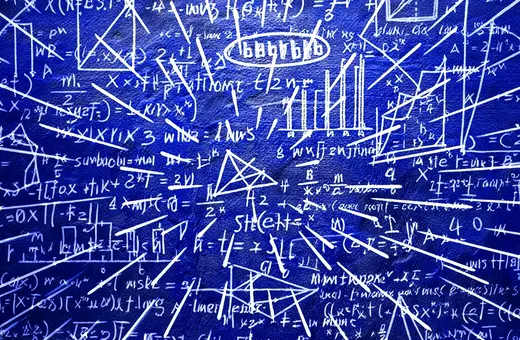
Join the conversation